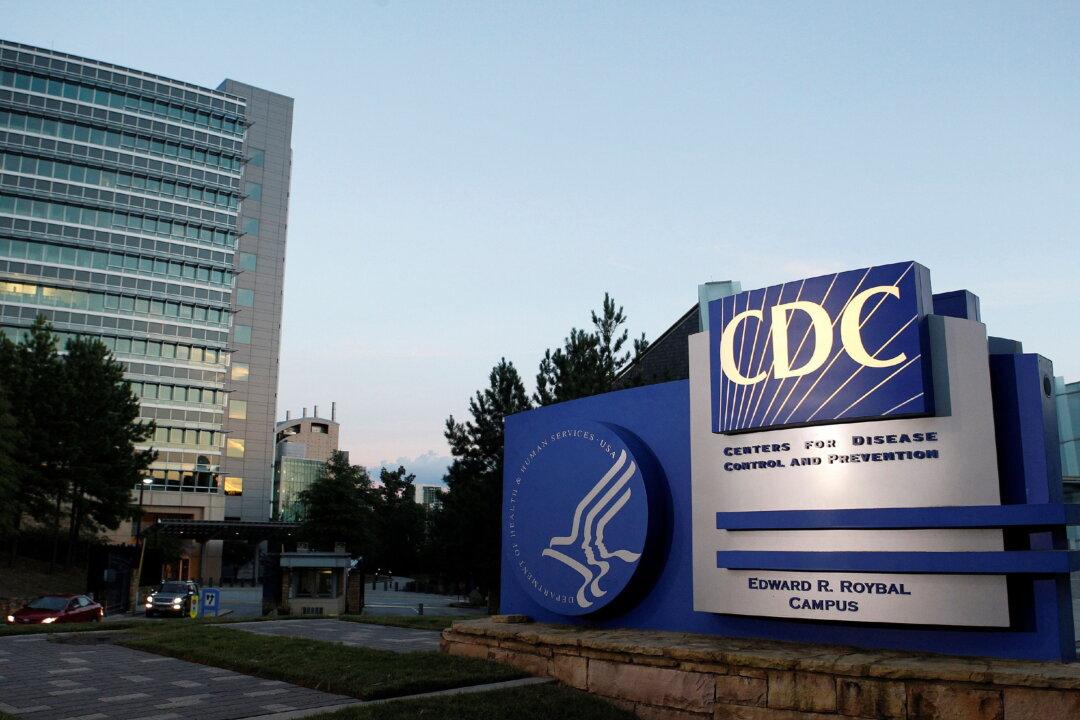Amid concerns over the new coronavirus outbreak, many Americans are buying and stocking up on hand sanitizers, leaving some store shelves bare. Many “temporarily out of stock” notices appear on a quick search for hand sanitizers at Target and CVS websites.
GOJO Industries, a manufacturing company known for its Purell hand sanitizers, is keeping up with the increased demand. Samantha Williams, GOJO’s Corporate Communications Senior Director, wrote in an email to The Epoch Times: “We have a surge preparedness team that runs in the background all the time, who have been fully activated and are coordinating our response to the increase in demand.”





